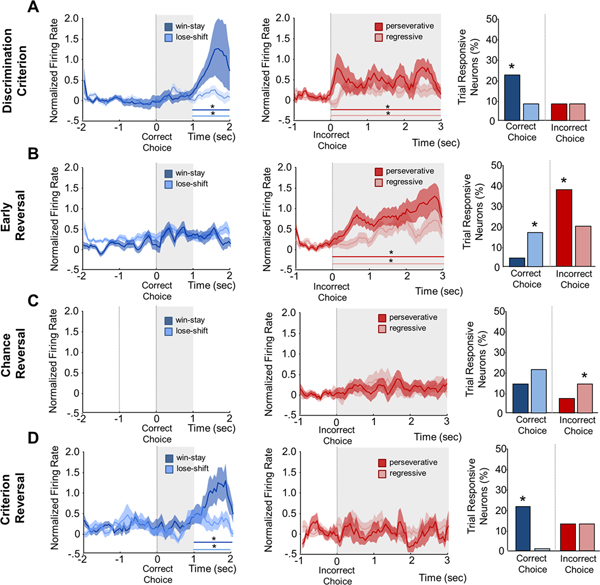Figure 3. Average Spike- Firing Rate and Phasic Neuron Recruitment for each Trial Type is Specific to Learning Session.
A. Discrimination Criterion: Average firing significantly increased during the 2– 3 sec epoch for both reward trial responses, with win-stay firing increasing significantly more than lose-Shift (left). Average neuronal firing significantly increased across all post-choice epochs for both error trial types (center). Significantly more neurons were responsive to win-stay versus lose-shift rewarded trials, while there was no difference between number or error responsive neurons (right). B. Early Reversal: There was no significant increase in average firing for either rewarded trial type for any epoch (right). Both error trial types significantly increased across all post-choice epochs (center). Significantly more lose-shift responsive neurons were seen versus win-stay and significantly more perseverative than regressive error responsive neurons (right). C. Chance Reversal: Both reward trial types had increased firing to cue onset but neither was significantly above baseline (left). Neither error trial type showed significant increases in average firing (center). No significant difference was seen between event- responsive neurons to reward trials while regressive responsive neurons were significantly greater than perseverative errors (right). D. Reversal Criterion: Average firing significantly increased during the 2–3 sec epoch for both rewarded trial responses with firing after win-stay increasing significantly more than lose-shift (left). No significant increase was seen in average firing rate for error trials (center). Significantly more win-stay responsive neurons were seen with no lose-shift responsive neurons recorded and no difference in percentage of error responsive neurons (right). X-axis indicates if the responsive neuron was found for a correct response (rewarded cue) or incorrect response (error cue) Data are means ±SEM. Gray shading indicates the presence of the associative cue: tone (correct) or house-light (error-cue). Bar indicates significant difference from baseline by type (color). * = P<.05

